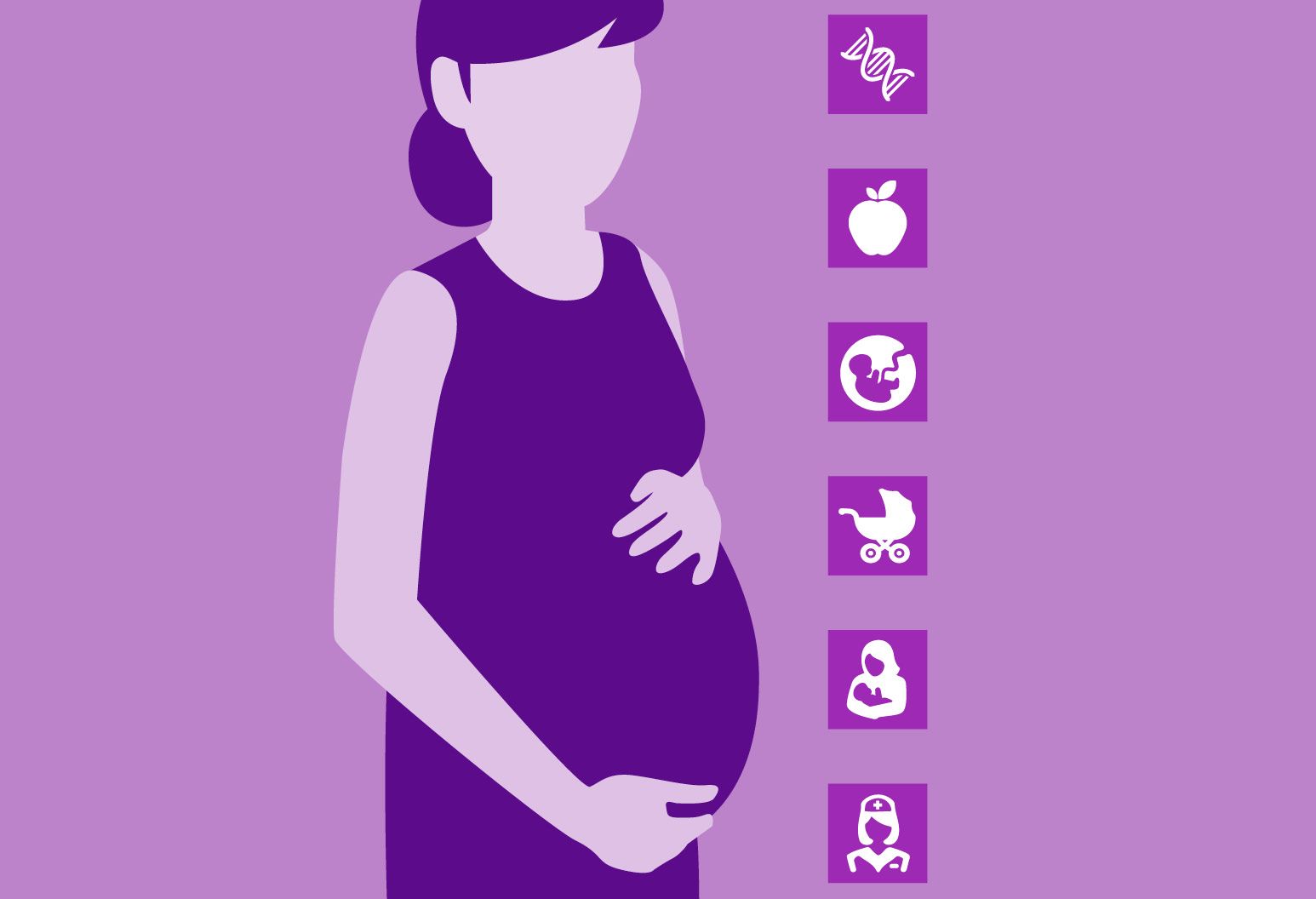C-section
What is a C-section?
A cesarean section, better known as a C-section, is the removal of a baby through abdominal surgery. It is a very common delivery method.
Typically, this surgery begins with a routine IV and anesthesia. The lower half of your body will be numb, but you will remain awake. Your doctor will make a small incision in your lower abdomen, in addition to an incision in the lower part of your uterus. Your incision site may be draped with a sheet or plastic for protection. There are two types of possible incisions:
- A low-transverse incision—This incision, made across the lower part of the uterus, is used in the majority of C-sections due to the thin nature of the uterus.
- A vertical cut—This cut, made down the middle of your uterus, is typically only required if your baby is located low in your uterus, or in an unusual position.
You may experience intense pressure or pulling while the baby is being delivered through your incision. Once the umbilical cord is cut, your doctor will remove your placenta and do a quick check of your reproductive organs. Your incisions will then be sutured. You may receive medication to reduce infection and lessen your pain.
Our approach
Our experts remain diligent when it comes to staying ahead of the latest techniques for C-section delivery. Currently, we are implementing a skin-to-skin initiative. Studies have shown that when babies come in contact with their mother’s skin right after birth, they have less anxiety and fewer complications in the post-delivery period. We use custom-fitted drapes in our operating rooms that allow your baby to be passed up through a tiny slit, which permits immediate contact while keeping the operation sterile.
Why it's done
C-sections are performed for several reasons, including emergency circumstances, preventing dangerous situations and by choice. Common occurrences that may warrant a C-section include:
- Lack of labor progression
- Concern for inadequate blood flow from the placenta to the baby
- The baby is in an abnormal position
- You’re carrying multiples
- Placenta issues
- Umbilical cord issues
- Previous C-section
- Large fetus
- Breech—A breech occurs when your baby’s buttocks, feet or both are in the position to come out before your baby’s head
- Heath concerns—If you have any health concerns or conditions, such as high blood pressure, heart problems, or genital herpes, your doctor may recommend a C-section to keep your baby safe.
Reasons for urgent C-sections include:
- Hemorrhaging
- Separation of placenta (abruption)
- Fetal heart rate deceleration
- Cord prolapse—This complication occurs when the umbilical cord drops through your cervix into your vagina ahead of your baby. The cord may become stuck against the baby’s body during delivery.
Risks
It is important to recognize the medical risks involved with a C-section procedure, including:
- Infection
- Blood loss
- Formation of blood clots
- Injury to bladder or bowels
- Increased risk to future pregnancies
- Anesthesia reaction
- Surgical damage to nearby organs
- Placenta accreta—when the placenta attaches itself too deeply into the uterus
- Placenta increta—when the placenta grows into the wall of the uterus
- Placenta percreta—when the placenta attaches and grows through the uterus or extends to nearby organs
Post-counseling & guidance
From before you conceive to after you deliver, we're here to offer you and your baby a higher standard of care
How to prepare
Before your C-section, if it isn’t an emergency situation, your doctor may have you meet with the anesthesia team to determine any special needs. Your physician may also give you a special soap to use on your abdomen that can lower the risk of wound infection. You can also expect nutritional counseling on how to hydrate and eat properly in the days leading up to your surgery.
What to expect after treatment
After your surgical delivery, your doctor will review the details of your recovery. You will receive a full briefing of your physical limitations, in addition to suggestions for returning to your normal daily routine in a safe, gradual manner. Northwell Health experts will offer you physician discharge counseling, nurse discharge counseling and set you up with post-delivery nurse contacts, breastfeeding specialists, perinatal coordinators and lactation coordinators. Our team of experts will guide you through each stage of recovery.

